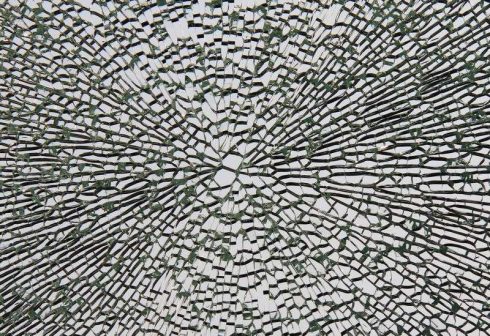The most common laminated glass units are constructed with two plies of glass permanently bonded together with one or more interlayers. The most important characteristics of laminated glass are fall-out protection due to the ability of the interlayer to support and hold the glass when broken as well as the reduced ability to penetrate the opening. The ability to resist various kinds of penetration is dependent upon a number of factors including thickness of the glass and the type of interlayer selected.
Laminated glass also offers a greater availability of coatings than monolithic glass. Low-E coatings which cannot be exposed, and therefore cannot be used with monolithic glass, can be used inside a laminated unit where they are protected.








